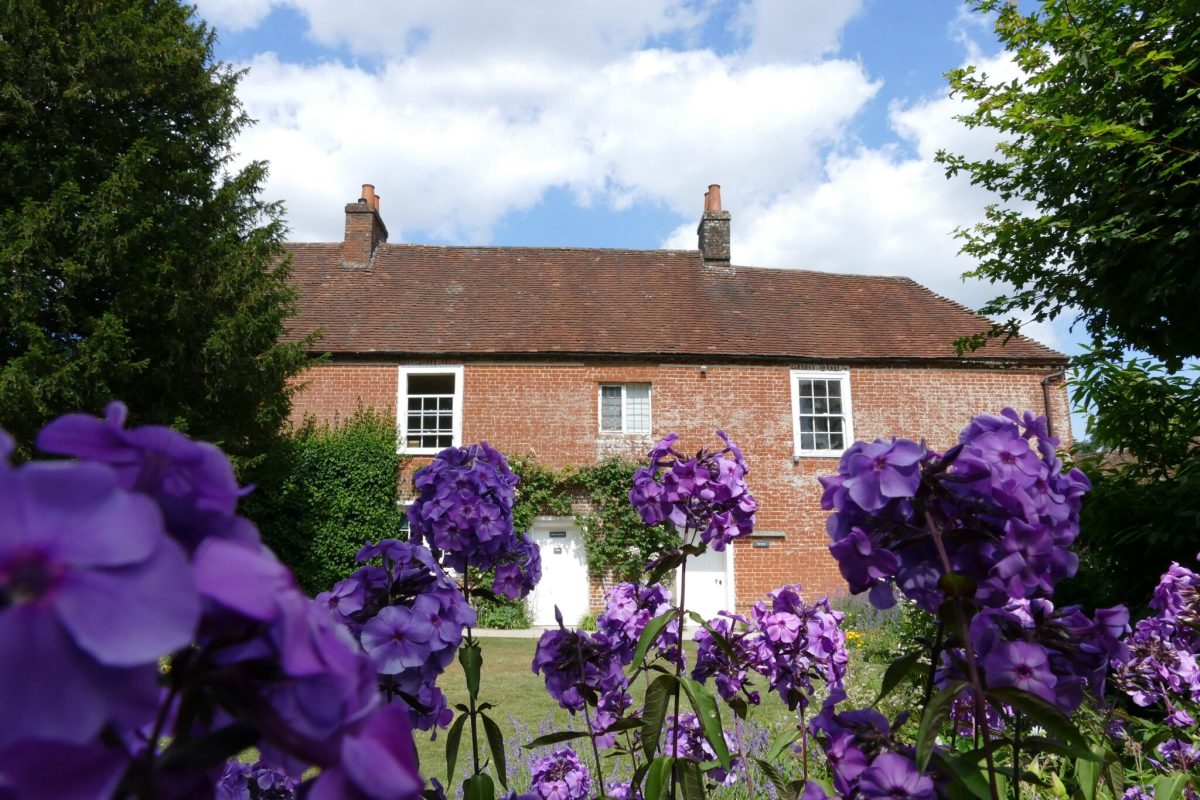Convoluted love triangles. Elaborate fêtes. Characters with dubious motivations.
When I first read “Mansfield Park” by Jane Austen, I was dazzled by its glitz and glamour. I was swept up in the dramatic lives of the Regency-era elite through the naive eyes of the protagonist, Fanny Price.
But a closer look at the text reveals the underlying influence of slavery on the 19th century British upper class.
Towards the beginning of “Mansfield Park,” Fanny’s uncle, Sir Thomas Bertram, has to leave home for his property in Antigua on “business.” Bertram’s absence acts as a catalyst for the novel’s main romantic conflicts, and is clearly linked to slavery.
He departs for Antigua in 1808, the year after the slave trade was abolished in England. With the slave trade’s abolition, the influx of enslaved people to the Caribbean halted. This change, coupled with high mortality rates due to inhumane living conditions for enslaved people, created a labor shortage.
Many British plantation owners at the time traveled to the Caribbean to resolve this issue, which was likely the motivation behind Bertram’s return to Antigua.
Additionally, Bertram’s home in Britain, the titular Mansfield Park, is described as being modern. This contrasts heavily with the centuries-old family estates described in Austen’s other books, including “Pride & Prejudice” and “Emma.” Mansfield Park’s modern style suggests that Bertram is “new money” and used funds acquired from his sugar plantation to build the estate, according to The Telegraph.
Many wealthy British individuals in the 19th century had ties to slavery, and Jane Austen was no exception.
Like Bertram, Austen’s father was a trustee of an Antigua sugar plantation, which meant that she could focus on her writing instead of supporting her family, according to CBC. Her beloved tea, which she sipped while drafting her novels, must have been a product of slave labor. Clearly, Austen benefitted economically from slavery.
Writers are often told to “write what they know,” which is precisely what she did: she modeled her characters after her family. Slavery is inextricably intertwined with her life and her work.
But because Sir Thomas Bertram’s involvement in slavery is never explicitly stated in the novel, some Janeites, devoted fans of Austen’s work, choose to ignore these subtle allusions.
Jane Austen’s House, a museum located in Chawton, England, recently chose to include her references and personal ties to slavery in their exhibits, according to the New York Times.
The museum received backlash from Janeites for its decision, many of whom labeled it “revisionist history.” Some claim that Austen was an abolitionist and that therefore the museum is unfairly portraying her in a negative light.
It’s unclear whether this is the case. In some letters to her sister, she described her love for William Cowper’s poems. Cowper was a fervent abolitionist who often wrote about the horrors of slavery. But other then these hints to her support of the abolitionist movement, Austen’s letters never reference slavery.
Other Janeites feel that discussing her allusions and personal connections to slavery is unnecessary, given that her books focus on familial and romantic relationships, not issues relating to race.
These fans choose to treat Austen’s work like it exists in a vacuum, without taking her historical context into account.
But by dismissing her family’s links to slavery, we ignore the reality that 19th century British high society profited from the institution. No matter how morally reprehensible they found it, they benefited from it in some way, such as through increased financial stability, access to sugar and tea, and more.
Additionally, by ignoring Austen’s hints about Bertram’s ties to slavery throughout the novel, we miss out on a key component of the story.
One of the main themes of the novel is the protagonist Fanny’s struggle to use her voice. Because she’s Bertram’s niece and not his daughter, she is seen as a second-class member of the family, not deserving of the high quality education or living conditions that her cousins possess.
Additionally, her uncle assumes that in exchange for having taken Fanny into his home and having raised her, she will try her hardest to marry rich.
So at the climax of the novel, when Fanny rejects the proposal of a wealthy yet cruel young man, Bertram sees it as a betrayal. The reason he’s so shocked by her response is that he had assumed he’d be able to exploit her, just like he constantly exploits his slaves in Antigua.
If we were to ignore Austen’s subtle allusions to slavery throughout the novel, we wouldn’t fully comprehend one of the most important themes of the story. All this goes to show that if we treat art like it exists in a vacuum, we won’t be able to grasp the artist’s true intent behind their work.
By Maia Nehme



































































